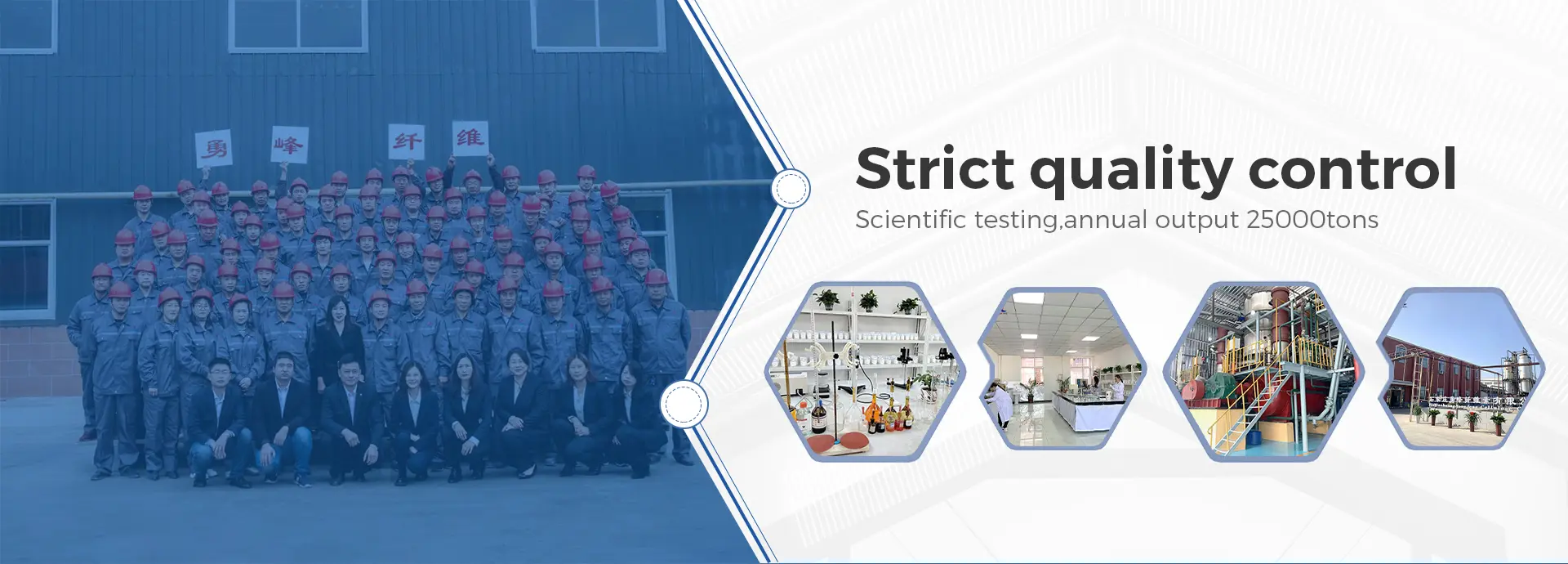Understanding Redispersible Powder (RDP) A Versatile Material in Modern Construction
Redispersible powder (RDP) is a crucial component in the construction industry, particularly in the formulation of polymer-modified cementitious materials. It consists of synthetic polymers that are dried into a powder form and are designed to be re-dispersed in water. This unique property allows RDP to enhance the performance of various building materials, making it an invaluable asset in both residential and commercial construction projects.
Composition and Types
RDP is predominantly made from elastomeric or thermoplastic polymers, which contribute to the flexibility, adhesion, and water resistance of the final product. The most commonly used types of RDP include polyvinyl acetate (PVAc), styrene-acrylic copolymers, and ethylene-vinyl acetate (EVA). Each type offers distinct advantages, and the choice depends on the specific application requirements and desired properties of the end product.
Mechanism of Action
The magic of RDP lies in its ability to improve the workability and performance of mortar, adhesives, and other cement-based compositions. Upon mixing with water, the powder reconstitutes into a milky dispersion that enhances bonding properties, reduces brittleness, and increases resistance to cracking and crazing. Furthermore, RDP contributes to improved water retention, which is essential for the hydration of cement particles, thus promoting better curing results.
Applications
RDP finds extensive applications in various construction materials. Some of its most notable uses include
1. Tile Adhesives RDP is widely utilized in ceramic tile adhesives to improve adhesion, flexibility, and shear strength. This is particularly important in applications such as floor tiling, where movement and temperature variations can lead to cracks.
redispersible powder rdp

2. Render and Plaster When incorporated into render and plaster, RDP enhances the durability and elasticity of these materials. This is especially beneficial in providing resistance against weathering and thermal expansion.
3. Self-Leveling Compounds In self-leveling flooring systems, RDP acts as a binder, ensuring a smooth and even surface. The enhanced flow properties and rapid setting times help achieve a flawless finish.
4. Exterior Insulation Finish Systems (EIFS) RDP contributes to the thermal performance and moisture management of EIFS, improving the life expectancy of buildings while providing superior insulation.
5. Repair Mortars RDP is instrumental in the formulation of repair mortars, providing the necessary flexibility and adhesion for effectively mending cracks and defective surfaces.
Advantages
The integration of RDP in various applications offers numerous benefits
- Enhanced Workability RDP improves the ease of application, allowing for better handling and spreading of materials. - Increased Adhesion It significantly boosts the ability of materials to bond to surfaces without compromising flexibility. - Water Resistance RDP offers improved water resistance, which is crucial for exterior applications exposed to the elements. - Durability The incorporation of RDP results in more durable materials, extending the lifespan of constructions.
Conclusion
In conclusion, redispersible powder is a transformative ingredient that plays a vital role in modern construction materials. Its unique properties and versatility make it indispensable in enhancing the performance of tiles, adhesives, renders, and repair mortars. As the construction industry continues to innovate and evolve, RDP will remain at the forefront, helping to create structures that are not just strong, but also resilient and sustainable. With its ability to provide superior adhesion, flexibility, and water resistance, RDP indeed epitomizes the advancements in material science within the building sector.
-
Rdp Powder: Key Considerations for Wholesalers in the Building Materials IndustryNewsJul.08,2025
-
Key Considerations for Wholesalers: Navigating the World of Hpmc - Based ProductsNewsJul.08,2025
-
Hpmc Detergent: Key Considerations for WholesalersNewsJul.08,2025
-
Key Considerations for Wholesalers: China Hpmc For Tile Adhesive, Coating Additives, Concrete Additives, and MoreNewsJul.08,2025
-
Crucial Considerations for Wholesalers: Navigating the World of Construction MaterialsNewsJul.08,2025
-
Key Considerations for Wholesalers Sourcing Additive For Cement, Additive For Concrete, Additive For Putty from Additive Manufacturer Shijiazhuang Gaocheng District Yongfeng Cellulose Co., Ltd.NewsJul.08,2025




